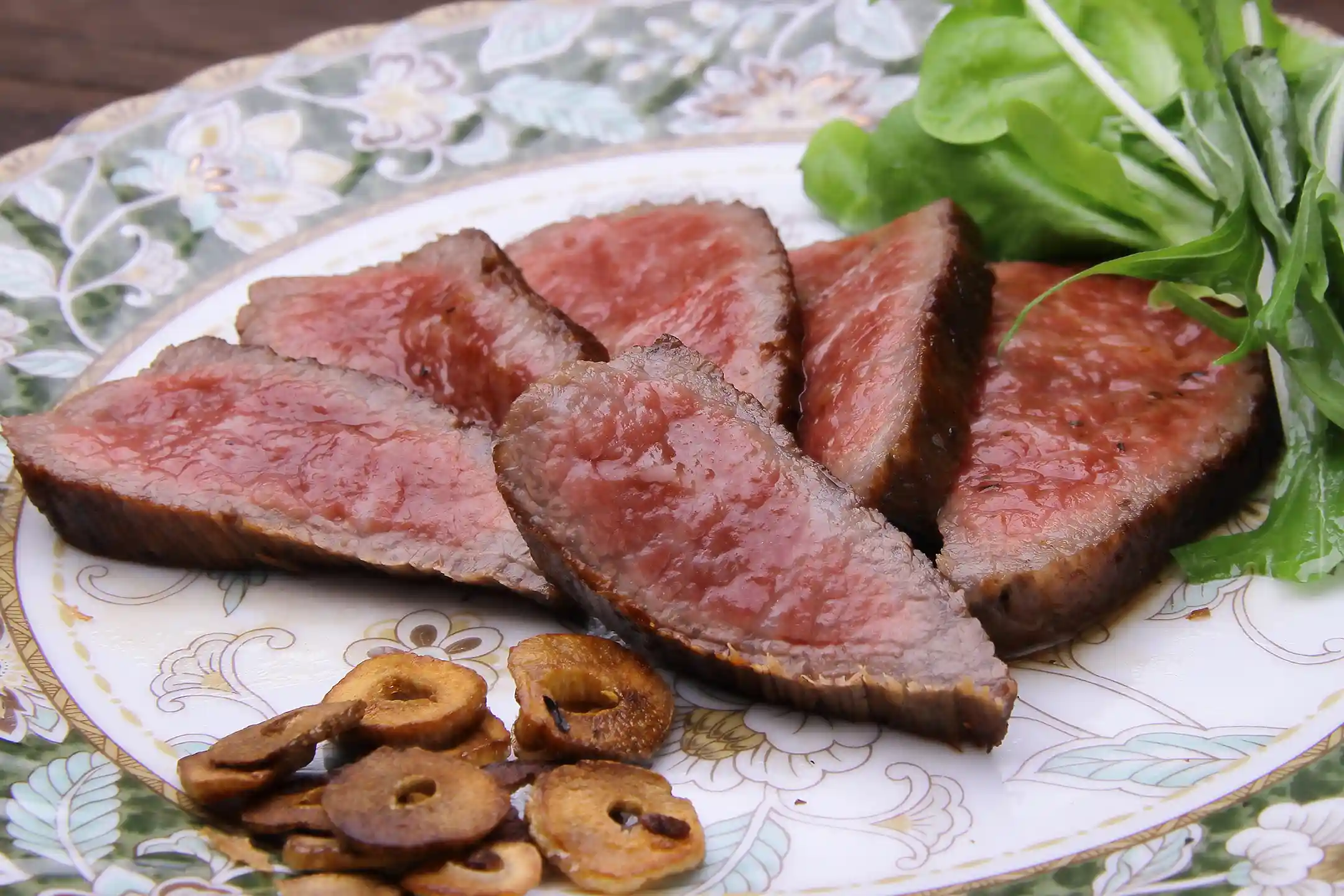As you travel around Japan, you'll encounter Goshuin – sacred stamps given at temples and shrines – which offer a unique blend of spirituality and art. While you might have seen stamp rallies or collected souvenir stamps on other trips, Goshuin carry a much deeper spiritual and historical significance, reflecting Japan’s spiritual heritage and a strong sense of community.
Originally, Goshuin were given as proof that a visitor had hand-copied a Buddhist sutra as an offering at a temple. Over time, what began as a humble proof of devotion evolved into a widely available memento. Today, you can even find special-edition Goshuin featuring seasonal designs, as well as beautifully crafted Goshuin-cho (stamp books) made from traditional paper or fabric. This evolution has captured attention in Japan and abroad.
At first glance, a Goshuin might look like a simple tourist souvenir – perhaps not so different from a book press stamp or a typical stamp rally prize. But once you learn about its deep history, you'll likely be amazed – many travelers have exclaimed, "I had no idea there was such deep meaning behind them!" In this article, we'll revisit the history of Goshuin and explore the Japanese spiritual beliefs and aesthetics that shine through this practice. We'll also discuss how Goshuin are becoming part of sustainable travel, guiding you through the enchanting world of Goshuin.
Understanding Goshuin: History and Meaning of Japan's Sacred Stamp Culture
Goshuin originated as stamps given at temples and shrines to acknowledge that a worshipper had offered a hand-copied Buddhist sutra (scripture) or written prayer. This is somewhat akin to how churches in the West might record offerings, but Goshuin are unique because they blend Japan's Buddhist and Shinto traditions.
Pilgrimages became especially popular in the Edo period (1603–1868), spreading the practice of Goshuin among the general public. Today, both Japanese and international travelers eagerly collect these stamps as tangible records of their journeys – each one a personal encounter with Japan’s spiritual culture.
Each Goshuin you collect features a distinctive seal and calligraphy style specific to the temple or shrine, often echoing that location's legends and traditions. A shrine’s stamp might honor its deity, while a temple’s could honor a Buddha or bodhisattva. There is often unexpected depth behind what might seem like just a simple "stamp." Many Goshuin are drawn in bold black ink with bright red seals, and their flowing brushstrokes can be mesmerizing to watch. Nowadays, some Goshuin even incorporate seasonal colors or motifs, adding to their appeal and providing an easy entry point into traditional Japanese culture
Origins and Religious Significance of Goshuin
Goshuin began centuries ago as handwritten receipts given to worshippers who hand-copied Buddhist sutras as an offering. Over time, the practice broadened so that even visitors who hadn't done this could receive a Goshuin. These stamps became popular pilgrimage souvenirs – a way to mark your visit and take home a piece of the spiritual experience.
This practice highlights a Japanese custom of recording important experiences on paper for their spiritual significance, not just for official record-keeping. In Buddhism, receiving a Goshuin is seen as accumulating merit, and in Shinto it signifies offering prayers to the deities. Rooted in Japan’s pilgrimage culture, Goshuin serve as an approachable bridge connecting you with Japanese spirituality.
Reasons Behind the Contemporary Goshuin Craze
One reason Goshuin have surged in popularity is the power of social media. You may have seen photos of these beautiful stamps on Instagram or travel blogs. Their eye-catching calligraphy and elaborate designs fascinate art lovers worldwide, and many people even say that discovering Goshuin introduced them to traditional Japanese aesthetics.
In Japan, collecting Goshuin has grown beyond a passing trend; it often prompts individuals to reflect on their own spirituality. For travelers, exploring temples and shrines through Goshuin offers a personal gateway into Japan’s spiritual side. Much like visiting majestic cathedrals in the West can inspire reflection and strengthen faith, participating in the Goshuin tradition can deepen one's sense of connection and reverence.
The Aesthetics of Goshuin: Enjoying Calligraphy and Design as Art
When you receive a Goshuin, you're not just getting a stamp in your book – you're witnessing a work of art on a page. Each Goshuin consists of one or more red seals accompanied by beautifully brushed calligraphy, combining deep symbolism with artistic beauty. Watching the priest or monk ink the characters onto your page is a mysterious, captivating experience.
The Goshuin-cho (stamp books) themselves have also become an art form. You can find very traditional books made of textured washi paper or covered in silk, as well as modern ones with bright colors or contemporary designs. Collecting Goshuin can feel like assembling your own art album. Each new stamp not only marks where you've been but also adds a beautiful page to your collection, making each visit even more rewarding.
Many shrines and temples – especially in Kyoto and Tokyo – offer limited-edition Goshuin for certain events or seasons. During cherry blossom season, for instance, you might receive a stamp with a sakura (cherry blossom) motif, or in autumn one adorned with a maple leaf. This integration of nature into the stamp designs reflects Japan's love of seasonal traditions. It's a delightful surprise for first-time visitors, and it's quite different from how Western churches mark holidays. In Japan, the changing of the seasons is captured in these subtle artistic touches rather than with banners or electric lights.
Notable Examples of Beautiful Goshuin
In Kyoto, some Goshuin incorporate gold leaf or delicate floral patterns. In Tokyo, certain temples collaborate with contemporary artists or issue special designs for major events. These unique stamps balance bold, vivid style with refined tradition – a refreshing contrast to the grand narratives of Western religious art. It's no wonder they've attracted international attention; they might even become highlights of your trip.
Tips for Obtaining Artistic Goshuin
Before your visit, do some research on official temple or shrine websites (or reputable travel guides) to find out when and where limited-edition stamps are available. Some special Goshuin are seasonal or time-limited, and a few may even require a special ticket. If there's a particular Goshuin-cho or stamp you're hoping for, plan to visit early to avoid missing out. And always be respectful when requesting a Goshuin – wait your turn, have the small fee ready, and be sure to say thank you. A courteous approach makes the experience more meaningful for everyone involved.
Sophisticated Lifestyle and Goshuin Travel: Recommendations for Sustainable Journeys
Collecting Goshuin in a serene shrine or temple setting can elevate the quality of your travels. At the same time, there’s a growing worldwide interest in eco-friendly, community-minded travel, and Japan is embracing this trend by focusing on sustainability throughout the travel experience.
For example, you might rent an electric car to reach remote shrines. Japan has plenty of EV chargers to keep you going, so traveling by EV is convenient and leaves a smaller footprint. You could also choose a Goshuin-cho made from eco-friendly materials or pick one crafted by local artisans. These choices support sustainability and local communities while also making your trip feel more personal.
Luxurious and Sustainable Accommodations
Japan offers many high-end hotels and traditional ryokan inns that combine luxury with green practices. Some even run on renewable energy like solar or geothermal power. These accommodations often weave Japanese traditions into their design — think bamboo furniture or shoji-paper screens — and they serve farm-to-table meals made with local ingredients. Staying at such a place lets you enjoy comfort and Japanese elegance while knowing your lodging is eco-friendly.
Refined Rest Stops to Complement Your Goshuin Journey
Even your coffee breaks can enrich your Goshuin journey. Consider stopping at a cafe or teahouse that uses locally sourced ingredients or organic coffee. That way, you'll literally taste the region while also supporting the community. Many such spots have a warm ambiance with natural wood décor or soft washi-paper lanterns, helping you feel connected to Japan’s nature and craftsmanship. Choosing these kinds of places transforms an ordinary break into a cultural experience – one that might even become a favorite memory from your trip.%20of%20Ube%20City.webp?width=750&height=500&name=Kotozaki%20Hachimangu%20Shrine%2c%20the%20S%C5%8Dchinju%20(General%20Guardian%20Shrine)%20of%20Ube%20City.webp)
Conclusion
Goshuin are more than just ink on paper – they offer a powerful connection to Japan's history and spiritual culture. What began as a humble record of sutra offerings has evolved into a rich tradition that reflects the Japanese reverence for faith and courtesy. Today, this practice is enlivened by creative designs and shared enthusiastically on social media.
Incorporating principles of sustainability into your Goshuin journey can make it even more rewarding. By choosing eco-friendly options and showing respect at each site, you add layers of meaning to every stamp. In this way, you honor tradition while also gaining a deeper insight into Japanese culture.
We hope this article inspires you to embark on your own Goshuin adventure. Each stamp you collect can become more than just a souvenir – it can tell a story of connection, sustainability, and discovery that's uniquely yours.
Author Bio

Natsumi Ikeshita
Experienced in B2B SaaS marketing and “omotenashi,” Natsumi directs media operations with a focus on hospitality and cultural storytelling. Her global experience and marketing skills bring fresh value to Bespoke Discovery’s content.


%20of%20the%20Saikoku%2033%20Kannon%20Pilgrimage.webp)

.webp)
.webp)